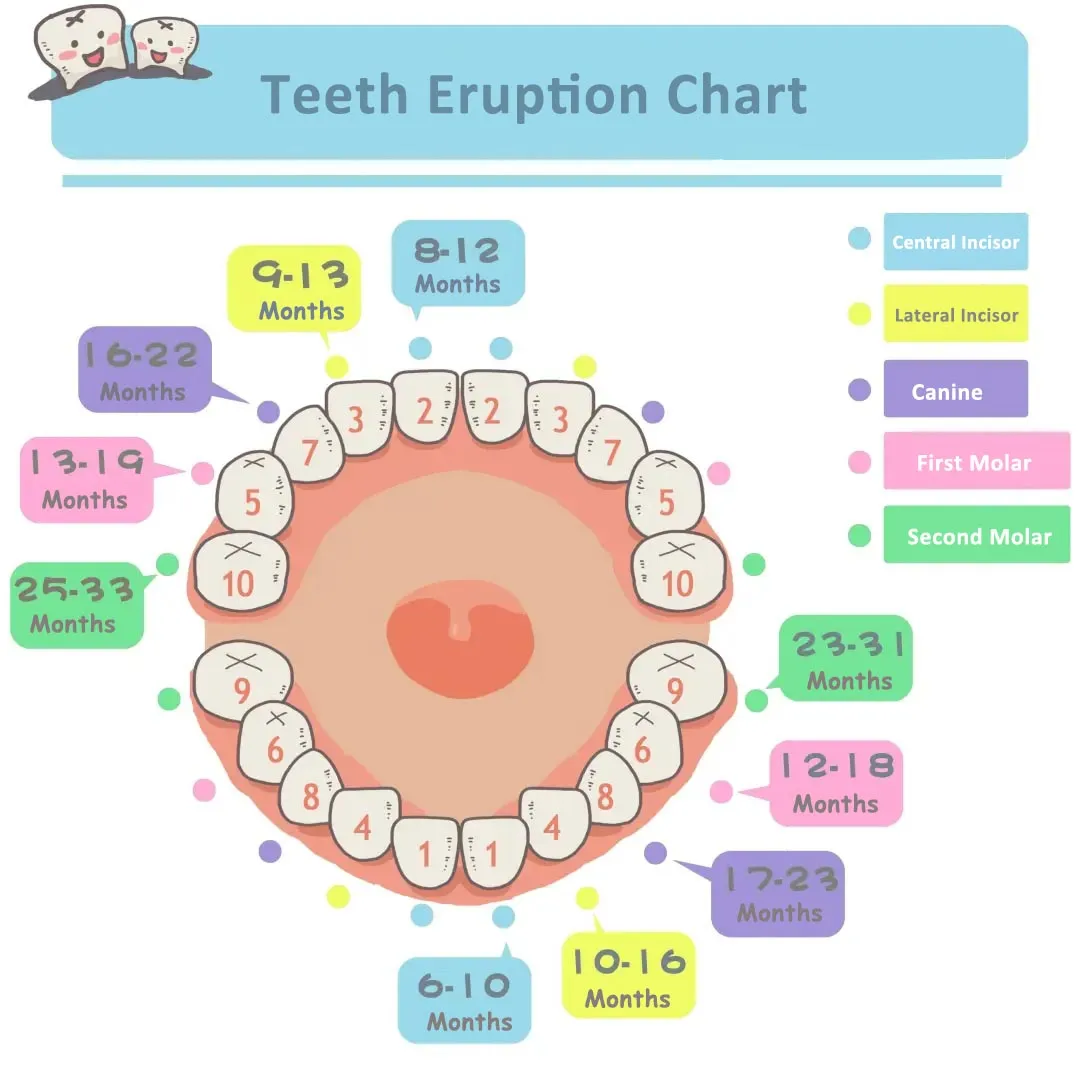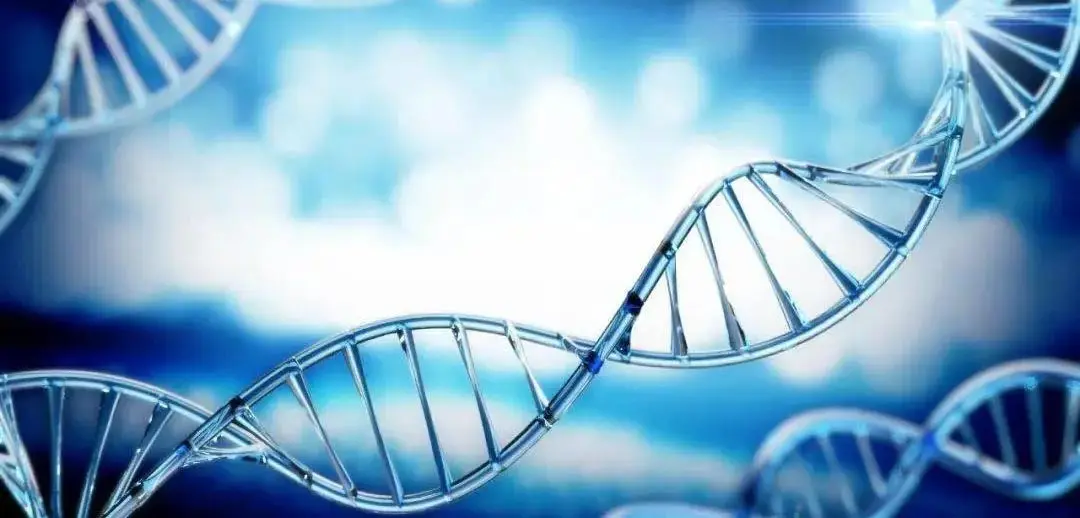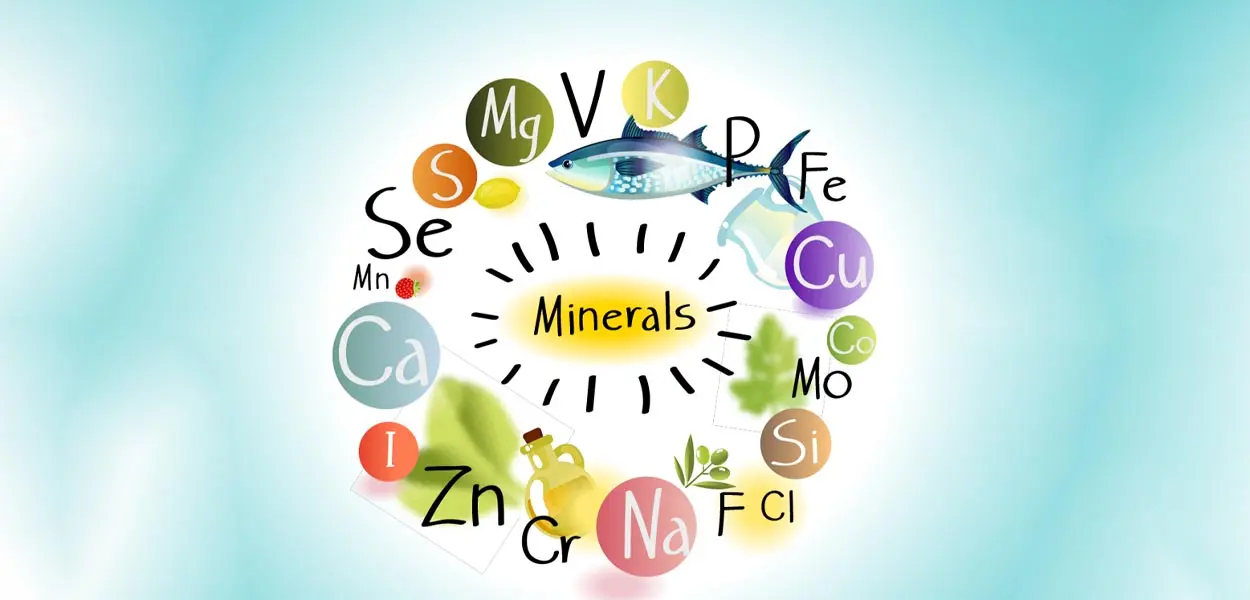Every parent wants their baby to have healthy, straight teeth, and tooth eruption is the first and most critical step. Many young parents have little knowledge in this area and are confused. Let’s learn more about tooth eruption, its symptoms, and dental care.
Teething (eruption of baby teeth) can be a mountainous task for some babies and parents, while for others it is very simple task.
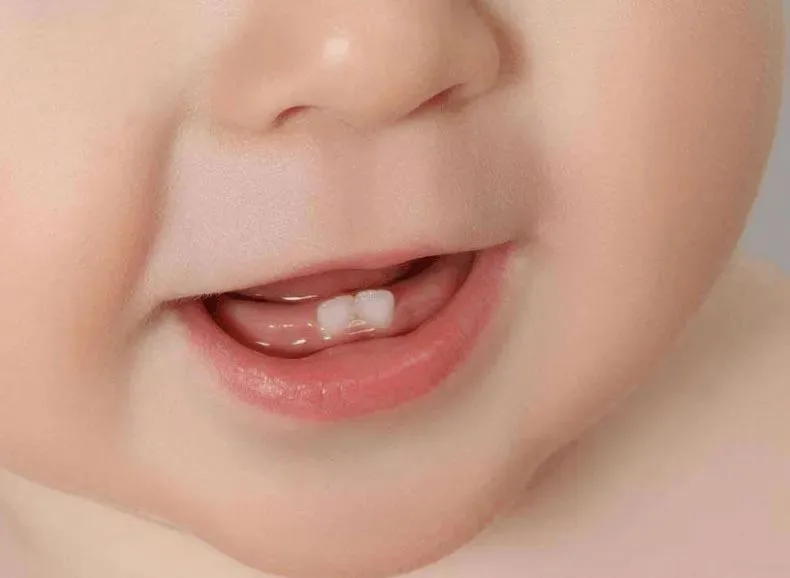
1. Tooth Eruption Time
Some babies will have their first baby teeth erupt as early as 3 months old, while some babies will not erupt until 12 months old. Some babies will erupt their first deciduous tooth even earlier, and a few babies will erupt even later. However, if the milk tooth has not erupted around 18 months old, it is recommended to check the thyroid function.
The first complete eruption of baby teeth usually occurs between 6 and 9 months of age. Although some babies show the tips of their baby teeth as early as 3 months of age, complete eruption usually occurs around 6 months of age.
It is not until 2.5 years of age that all baby teeth erupt. All enamel mineralization is complete within 1 year after birth (1.5 months to 11 months), and all baby teeth erupt within 2 years after birth (6 months to 24 months).
If a baby develops a systemic or local disorder within 1 year of birth, it will affect the development of the enamel of the baby’s teeth, resulting in defective tooth development and susceptibility to dental caries. There is a great deal of individual variation in the timing of tooth eruption. This is very important, because of the existence of individual differences, some babies tooth eruption early, some late, but as long as within the range of individual differences, is normal.
2. Three Reasons for Differences in Tooth Eruption
- Genetic factors:
Such as race, gender, etc., it is normal for girls to have their teeth calcify and erupt earlier than boys.

- Environmental factors:
Environmental factors are more prevalent, such as temperature and disease. Generally, children in colder regions erupt their teeth later than those in warmer regions. - Nutritional factors:
Tooth erupt earlier in babies with good nutrition and higher height and weight than in babies with poor nutrition and lower height and weight.

3. Eruption Order of Baby Teeth
The eruption of baby teeth will follow a certain sequence (refer to the below – Tooth eruption chart), but there is no need to be overly restrictive, the order of eruption does not affect the development of teeth, and the 20 baby teeth come out at the age of 2 to 3 years.

Signs of tooth eruption
The signs of tooth eruption vary from person to person, and are as follows. They usually appear a month or two in advance, and may be delayed for a longer period of time if they are not handled appropriately and promptly.
Exceptionally heavy drooling:
Teething stimulates saliva production, and the amount varies from person to person. Some babies drool more, the skin around the mouth is constantly soaked by saliva, may grow a rash or even rough and cracked. It is important to dry the drool promptly.
Nibbling on anything that goes into the mouth:
From biting his own little hands, to putting anything in his mouth, to biting the fingers of strangers, “biting” is not done out of hostility, but because biting hard enough to release the pressure inside the gums makes him feel better.
Red, swollen, painful gums:
You may see bruising or redness in the gums, with occasional bleeding spots. Swollen and painful gums can spread to the area around the ears and cheeks, especially when molars are coming in, and your baby may have little movements of pulling his ears and rubbing his cheeks.
There may be a change in appetite:
Sucking and chewing during teething tends to aggravate the pain in the gums, and as much as your baby would like to have a good meal, the pain can make him refuse food, which is the most frustrating thing for parents.
May interfere with sleep:
Teething not only affects daytime activities, but can likewise affect sleep at night. Teething that interferes with sleep is most likely to occur with first tooth and molars, and the pain can cause your baby to suddenly wake up during the night, with the nighttime milk not comforting him at all. At this time, you can use chilled gauze to help your baby wipe his gums to relieve the swelling and pain of the gums, which will also help the tooth to erupt. At this stage, the baby’s emotional changes will be aggravated, parents should pay more attention to understand the baby’s needs and correctly soothe the baby.
4. How to Take Care of The Baby Tooth?
| Action | Explanation | |
|---|---|---|
| Reasonable nutrition | Do reasonable feeding and add complementary food to your baby in time, such as cookies, steamed buns, vegetables and fruits. | This not only replenishes nutrition but also helps the development of baby teeth. |
| Prepare frozen, soft foods | If your baby is reluctant to eat and has no appetite, prepare frozen, soft foods. | Soft foods help encourage eating when the baby has no appetite. |
| Sunbathing | Get more sunshine to promote calcium absorption. In summer, sunbathe in the morning; in winter and spring, you can sunbathe in the afternoon. | Sunlight helps calcium absorption, which is important for healthy teeth and bones. |
| Oral cleaning, massage baby’s teeth bed | Parents can use their fingers to gently massage the red and swollen flesh of the baby’s teeth to make the baby feel more comfortable. | Gentle massage helps alleviate discomfort caused by teething. |
| Plaque removal | Begin plaque removal with the eruption of the first milk tooth, and this early cleaning is done entirely by the child’s parents. | Wrap moist gauze around your finger and gently massage the gums once a day to clean the teeth. |
5. Four Abnormalities in Tooth Eruption
(1). Early eruption of baby teeth
Some babies are born with teeth already visible—these are known as natal teeth. If teeth emerge within the first month after birth, they are called neonatal teeth.
Most of these teeth lack fully developed roots or have very short ones, and some are quite loose. Since they may interfere with breastfeeding or even pose a choking risk if they fall out, they are often removed.
(2). “Horse teeth” — pearl-like spots that aren’t real teeth
Newborns sometimes have small, white, pearl-like spots in their mouths. These feel hard like teeth but don’t resemble normal teeth in shape.
Known colloquially in Chinese as “horse teeth”, their medical name is Epstein Pearls. They are small remnants of epithelial tissue from tooth development and typically disappear on their own over time.
Usually, no treatment is needed. Parents can gently check for looseness during oral cleaning. If a spot seems likely to come off, it’s best to consult a doctor for evaluation.
(3). Delayed eruption of baby teeth
It’s considered normal for babies to get their first tooth within the first year of life. If no teeth have erupted by 1 year of age, or even by 18 months, and especially if not all baby teeth have come in by 3 years old, this is referred to as delayed eruption.
At that point, doctors may investigate possible causes, such as anodontia (a condition where teeth fail to develop).
While delayed eruption of a single tooth is uncommon, if most or all teeth are delayed or difficult to erupt, it’s often linked to systemic factors like rickets, hypothyroidism, or nutritional deficiencies. In children with rickets, teeth may not begin erupting until 14–15 months and are often poorly developed. Clinical consultation is advised in such cases.
(4). Gum-related issues during eruption
During tooth eruption, some babies may develop eruption gingivitis, where the gums around the emerging tooth become red and swollen. It usually doesn’t cause discomfort and resolves as the tooth breaks through.
Another condition, eruption cysts, appears as bluish or purplish swelling over the gums. These cysts contain fluid or blood and usually go away on their own. However, if they obstruct eruption, minor treatment might be needed to expose the tooth crown.
6. Unusual Tooth Shapes in Children
(1). Fused Teeth: When Two Teeth Grow as One
This condition, most commonly seen in premolars, happens when two teeth fuse together during development. After they erupt, a visible groove or small gap often appears between them.
Fused teeth can take on various shapes—not just a simple groove. Some may even resemble butterfly wings or little hills.
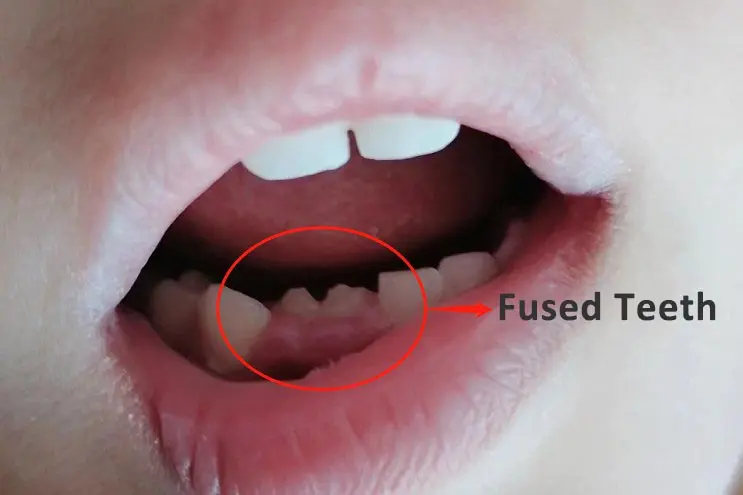
(2). Mamelons: The Jagged Edges of New Incisors
Newly replaced permanent front teeth often have a serrated edge at the tip. This isn’t a developmental abnormality—it’s a feature unique to young permanent teeth, a little sign that they’ve just arrived. Dentists call this structure a “mamelon”.
Why don’t adult front teeth have these serrations and instead look so smooth? It’s because the jagged edges naturally wear down over time as we grow. So, if your child’s new teeth have these small ridges, it’s completely normal and doesn’t require any treatment.
7. Unusual Number of Tooth During Eruption
(1). A sharp tooth suddenly appears on the upper jaw?
Around the age when baby teeth are about to be replaced, some children (or their parents) may suddenly notice an extra tooth popping out of the upper jaw. It looks sharp, scrapes the tongue, and can seem quite alarming at first. But in many cases, it turns out to be a supernumerary tooth—an extra tooth that isn’t part of the normal set.
Clinically speaking, supernumerary teeth aren’t rare. A few out of every hundred children may have one. If the extra tooth erupts visibly, it’s actually the lucky kind. Many supernumerary teeth stay hidden deep inside the jawbone, growing silently in unpredictable directions. These can interfere with the proper eruption of neighboring teeth and therefore should be monitored carefully through follow-up checks.
(2). Large gaps between teeth? It might be missing teeth.
Some children have unusually wide spaces between their teeth—not because their teeth are small, but because they have fewer than normal. This is called congenital tooth absence. It can run in families, and in rare cases, it’s linked to certain systemic conditions.
If the missing teeth are baby teeth, there’s usually no need for treatment. But if permanent teeth are absent and it affects chewing or appearance, it’s worth having a dental checkup to decide whether any intervention is needed.
That said, not all kids with spaced-out baby teeth have missing teeth. In fact, most children naturally have small gaps between their baby teeth, which is perfectly normal—no need for parents to worry.
8. Physiological Gaps After Eruption of Baby teeth
Most of the baby teeth have physiological gaps between them, some babies have gaps when their tooth erupt, and some babies’s gaps gradually appear over time. Clinically, it can be seen that the physiologic gap becomes larger with the change of age. Physiological gaps are beneficial to the alignment of permanent teeth when they are replaced.
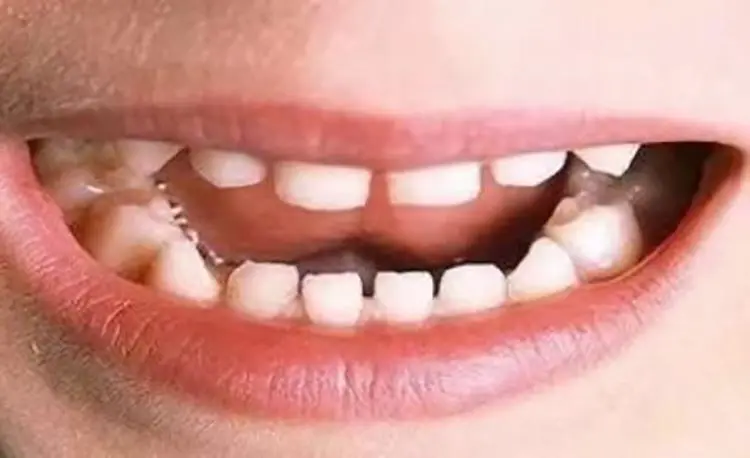
9. Conclusion
Understanding the changes that happen during tooth eruption can help parents feel more confident and prepared as their child grows. By staying observant, scheduling regular dental checkups, and providing proper care during the early stages, parents can support their child in developing a strong, healthy smile that lasts a lifetime.

